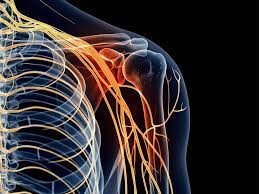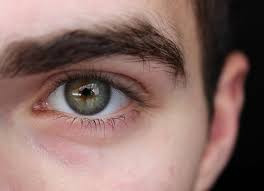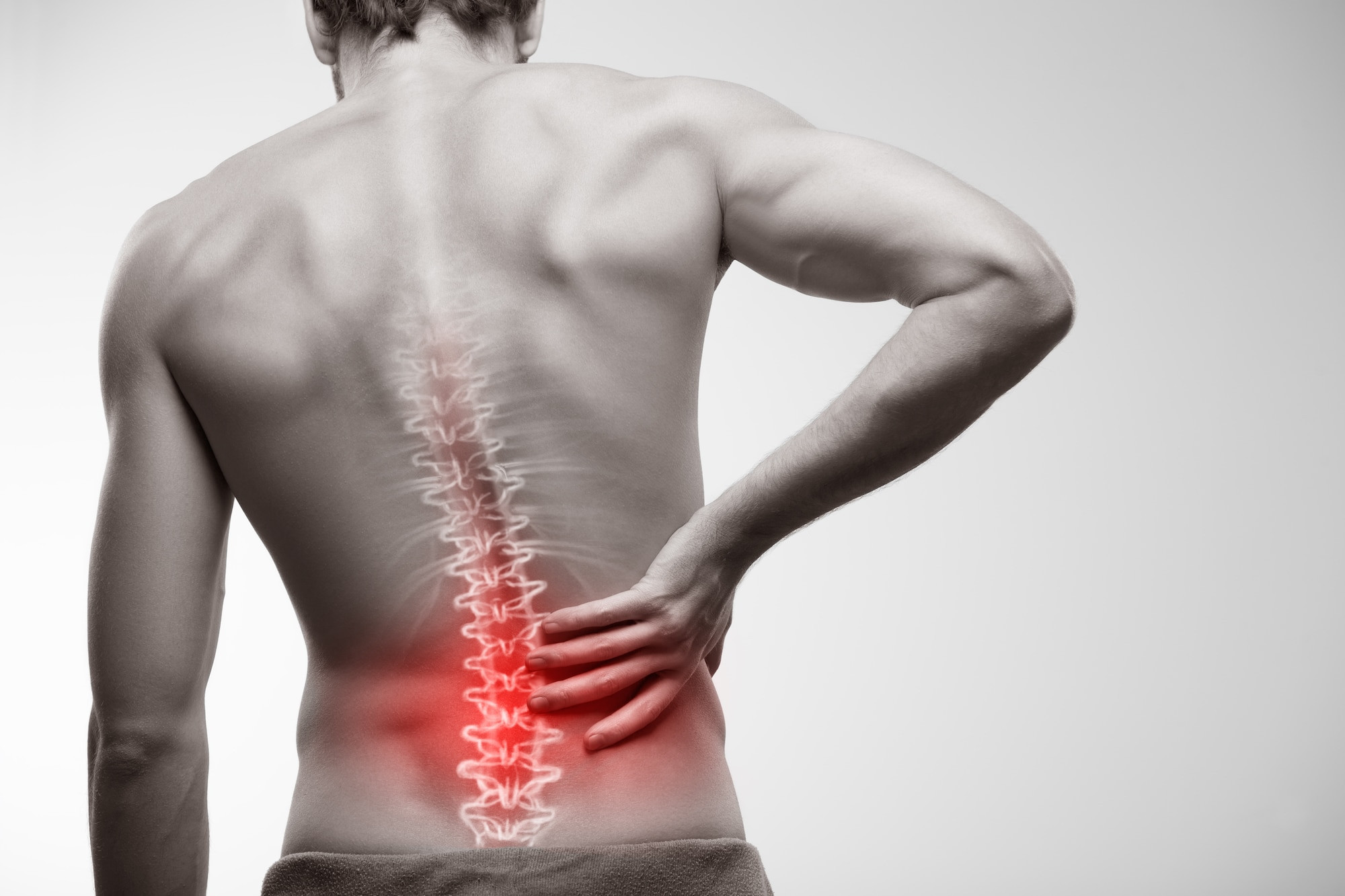Definition
Plexopathy, or plexus neuropathy, is a dysfunction and structural disorder (neuropathy) affecting a specific network of nerves (plexus). Complaints are felt in the parts of the body innervated by these nerve networks. Commonly encountered plexopathies include brachial plexopathy and lumbosacral plexopathy.
Brachial Plexus Neuropathy (BPN) occurs when there is damage to the nerves in the shoulder and arm area. Damage occurs when nerves are compressed, stretched, or injured, causing severe pain in the shoulder or arm. BPN can also limit movement and cause decreased sensation in the affected area. The pain associated with BPN usually occurs suddenly and may be followed by weakness in specific muscles of the arm or shoulder. Symptoms can sometimes be non-specific and may be misdiagnosed as cervical disc herniation.
Another type of plexopathy is lumbosacral plexopathy. The lumbosacral plexus is a network of nerves located in the lower back region. This type of plexopathy is much less common than brachial plexopathy. Patients with lumbosacral plexopathy usually present with lower back and/or leg pain. They may also experience motor weakness, and other sensory symptoms such as numbness, or dysfunction of the anal muscles. Lumbosacral plexopathy can be caused by various conditions, such as diabetes mellitus, traumatic injuries, neoplasms (tumors), or pregnancy.
Causes
Brachial plexopathy usually occurs due to:
- Direct injury to the innervated body part
- Birth injury due to arm traction
- Nerve compression from a tumor
- Nerve damage from radiation therapy
- Toxin exposure
- Inflammation
- Autoimmune conditions
However, there are many cases where the cause remains unknown. Common causes of lumbosacral plexopathy include:
- Direct injury, such as hip joint displacement, sitting bone fractures, post-plexus anesthesia
- Nerve compression from a tumor
- Diabetes mellitus, especially type 2
- Amyloidosis
- Sarcoidosis
- Vertebral osteomyelitis (spinal bone inflammation)
- Chronic infections like tuberculosis and fungal infections
- Lyme disease, HIV/AIDS, Herpes zoster
- Radiation therapy for abdominal and pelvic malignancies
- Pregnancy, especially in the third trimester and postpartum due to birth trauma
- Post-abdominal or pelvic surgery due to scar tissue and hematomas (blood collections outside the vessels)
- Damage to the lumbosacral plexus blood vessels
- Femoral artery catheterization
Risk factor
Risk factors for brachial plexopathy include engaging in contact sports like football or experiencing high-speed vehicle accidents. Young men are more at risk of developing a rare brachial plexus condition known as Parsonage-Turner syndrome, which can cause shoulder paralysis.
Risk factors for lumbosacral plexopathy include:
- Female gender due to pregnancy and potential reproductive organ issues
- History of radiation, autoimmune diseases, or diabetes
- Pelvic bone trauma from accidents, birth trauma, abdominal surgery, or lower limb fractures
Symptoms
Symptoms of brachial plexopathy include:
- Numbness in the shoulder, arm, and hand. Severe cases can cause complete loss of sensation.
- Abnormal sensations like tingling and burning in the arm and hand.
- Limb weakness, such as inability to lift or extend the wrist.
- Horner’s syndrome, a rare condition indicating BPN, caused by nerve signal disruption to facial parts, usually due to brachial plexus injury.
Lumbosacral plexopathy symptoms may include:
- Lower back pain radiating to one side, worsening when lying down
- Upper thigh pain on one side in diabetic patients
- Secondary lumbosacral plexopathy from radiotherapy usually presents without pain
- Severe cases may exhibit muscle weakness and atrophy (decreased muscle size or strength from inactivity)
- Anal muscle dysfunction, suggesting cauda equina syndrome
- Fever, night sweats, fatigue, and weight loss, indicating malignancy or infection
Diagnosis
For diagnosis, the doctor will inquire about symptoms and medical history in detail, perform a physical examination, and use supporting tests to identify the cause of plexopathy. For suspected brachial plexopathy, the doctor will examine the arm, shoulder, hand, and wrist area.
Signs of nerve issues in these areas include:
- Arm or hand deformities
- Reduced arm reflexes
- Muscle wasting or loss of muscle strength
- Inability to flex fingers and wrist
- Difficulty moving the arm, shoulder, hand, and fingers
In a physical examination for lumbosacral plexopathy, signs may include:
- Bruising in trauma cases
- Asymmetric lower limb muscle weakness, hip muscle weakness when flexing, and difficulty straightening the knee
- Absence or reduction of deep tendon reflexes asymmetrically
- Patellar reflex for lumbar plexopathy and ankle reflex for sacral plexopathy
- Sensory disturbances in the thigh or leg, possibly involving the back of the foot and perineum (area between genitals and anus)
- Pain at specific spinal points, especially in cases of sacral fracture or infection
- Saddle anesthesia and inability to control urination are rare
- Examination of the groin area for bleeding
The doctor may also conduct several diagnostic tests for diagnosing these abnormalities, whether in brachial plexopathy or lumbosacral plexopathy, such as:
- Blood tests
- Chest X-ray
- Electromyography to test muscle and related nerve function
- MRI scan of the head, shoulder, or neck
If indicated, tests like nerve biopsy, lumbar puncture, and nerve conduction studies might be performed. Nerve conduction studies assess nerve signal functioning. Lumbar puncture (spinal fluid examination) and biopsy are conducted if a pelvic organ tumor is suspected.
Management
The treatment of BPN aims to address the underlying cause and restore optimal joint movement range. Most cases do not require treatment as recovery can occur spontaneously.
Certain medications can reduce pain, including anticonvulsants, antidepressants, and other doctor-prescribed drugs. The doctor may also recommend physical therapy to maintain or improve muscle strength. An orthopedist can help restore the range of joint motion.
Surgery might be necessary if nerve compression is detected. Underlying medical conditions like diabetes and kidney disease also need to be treated as they can adversely affect nerves. Sometimes, BPN injuries occur while working. To return to work and prevent further nerve damage, the doctor will recommend counseling and occupational therapy.
The treatment outcome depends significantly on the cause of BPN. Recovery is more likely if the cause can be identified and treated correctly. People with BPN might sometimes experience partial or complete sensation loss, and their movement range can be permanently limited. Nerve pain can worsen and persist long-term.
For lumbosacral plexopathy, treatment also depends on the cause. Medications to reduce nerve pain can include nonsteroidal anti-inflammatory drugs (NSAIDs), drugs acting on the nervous system, and opioids, which must be prescribed by a doctor. In severe cases, steroids, intravenous immunoglobulin (IVIG), cyclophosphamide, and even plasma exchange therapy may be administered.
Ankle-foot orthosis (AFO) can be used in foot drop cases. Appropriate antibiotics and antifungal medications are required for infection cases. Diabetic amyotrophy is a temporary condition that usually resolves with good blood sugar control.
For malignancies, the primary tumor must be removed and treated appropriately. In severe cases, procedures like rhizotomy, a minimally invasive method to damage nerve fibers transmitting pain signals to the brain, may be performed. Rhizotomy has proven effective in reducing pain and opioid use. This treatment method is primarily used for end-stage patients.
Radiation-induced plexopathy often presents without pain, just weakness, or sensory changes. Unlike other types of plexopathy, this usually affects both sides and can occur even years later. There is no cure for radiation-induced plexopathy. Physical therapy and rehabilitation are the best management approaches. Subsequent radiotherapy sessions need to be adjusted.
Nerve repair techniques through surgery and nerve grafting can help improve muscle function in pelvic fractures.
Complications
Many brachial plexus injuries in children and adults can heal with minimal damage. However, some injuries can cause temporary or permanent issues, such as:
- Joint stiffness, making movement difficult even if you eventually regain use of the limb. Therefore, the doctor will recommend regular physical therapy during recovery.
- Pain due to nerve damage, which can become chronic
- Numbness, increasing the risk of unnoticed injuries
- Muscle atrophy. Nerves grow back slowly, taking years to heal after injury. During this time, lack of use of the affected hand can cause muscle shrinkage.
- Permanent disability. The extent of recovery from severe brachial plexus injuries depends on factors like age, type, location, and injury severity. Even with surgery, some people continue to experience permanent muscle weakness or paralysis.
In lumbosacral plexopathy, potential complications include:
- Gradually worsening nerve dysfunction
- Severe nerve pain
- Bedsores (due to prolonged bed rest)
- Recurrent infections
- Joint contractures (reduced or lost joint movement range)
Prevention
Although plexopathy is often difficult to prevent, you can follow these steps to reduce complications from occurring injuries:
- If you have difficulty using your hands or feet, regularly perform movement exercises and physical therapy to prevent joint stiffness.
- Avoid injuries if you experience numbness.
- Use appropriate protective gear during sports.
When to see a doctor?
Seek medical advice immediately if you experience symptoms and signs of plexopathy as mentioned above. For brachial plexopathy, consult a doctor if you have:
- Recurrent burning or stinging sensations
- Weakness in the hand or arm
- dr Hanifa Rahma
Normandin B. (2017). Brachial plexus neuropathy. Retrieved 26 Desember 2021, from https://www.healthline.com/health/brachial-plexopathy
Mayo Clinic Staff (2020). Brachial plexus injury. Retrieved 26 Desember 2021, from https://www.mayoclinic.org/diseases-conditions/brachial-plexus-injury/symptoms-causes/syc-20350235
Dydyk AM, Sajid H. (2021). Lumbosacral plexopathy. StatPearls Publishing LCC. Retrieved 26 Desember 2021, from https://www.ncbi.nlm.nih.gov/books/NBK556030/
Custodio C, Douglas W, and Rickenbach KV. (2018). Lumbosacral plexopathy and sciatic neuropathy: differential diagnosis and treatment. Retrieved 26 Desember 2021, from https://now.aapmr.org/lumbosacral-plexopathy-and-sciatic-neuropathy-differential-diagnosis-and-treatment/












